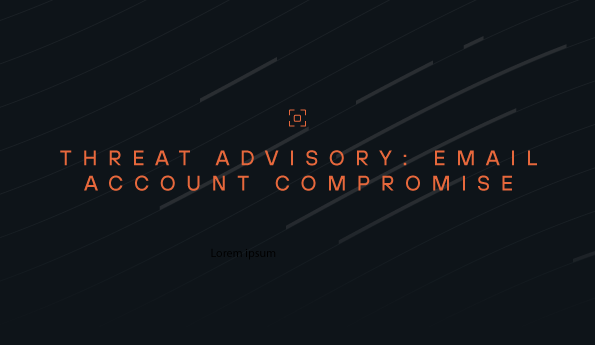Streamlining zero trust security with JumpCloud and Todyl
Cybersecurity is one of, if not the most important investments for today’s businesses. In their sixth biannual State of IT report, JumpCloud found that over 650 IT professionals surveyed feel more concerned about their security posture now than in the past year.
Often, this insecurity can be attributed to an inability to a lack of budget and expertise in the face of a sprawling security tool stack. For organizations looking to implement approaches like zero trust security, inconsistencies across solutions can introduce exploitable gaps that leave sensitive data exposed to attack.
Thankfully, advances in cybersecurity technology and opportunities to consolidate solutions stacks allow IT teams to take back control over their security posture. With an identity and access management (IAM) suite like JumpCloud and a cybersecurity platform like Todyl, organizations can easily implement an effective zero trust security approach.
Why would you implement zero trust?
Here are some of the compelling reasons why organizations are increasingly implementing zero trust security models:
- Reduced attack surface: Zero trust minimizes the attack surface by eliminating implicit trust within the network. Every user and device must be continuously authenticated and authorized before accessing any resources. This makes it much harder for attackers to move laterally within the network once they gain a foothold.
- Enhanced security for cloud and remote work: The rise of cloud computing and remote workforces has blurred traditional network perimeters. Zero trust is well-suited for these environments as it focuses on identity and device verification regardless of location.
- Stronger protection against ransomware and other threats: Zero trust makes it more difficult for attackers to exploit stolen credentials or compromised devices to launch widespread attacks like ransomware. Even if an attacker gains access, they'll likely be contained within a specific area, minimizing the damage.
- Improved data security: Zero trust principles like least privilege access and data encryption ensure that only authorized users have access to the data they need, minimizing the risk of unauthorized access or exfiltration.
- Simplified compliance: Zero trust architecture can help organizations meet compliance requirements for various data privacy regulations like GDPR and HIPAA by demonstrating a strong focus on data security and access control.
- Reduced risk of insider threats: Zero trust helps mitigate the risk of insider threats by limiting access based on the principle of least privilege. Even authorized users cannot access resources beyond what they legitimately need to perform their jobs.
- Improved visibility and control: Zero trust provides organizations with a more granular view of user activity and access attempts. This allows for better detection of suspicious behavior and faster response times to security incidents.
Overall, implementing zero trust can significantly improve your organization's security posture by making it much harder for attackers to gain access to your systems and data. IBM reports that a zero trust security approach reduces the cost of data breaches by up to $1M USD. Unfortunately, sprawling solution stacks and limited budgets and expertise make it difficult to seamlessly implement zero trust.
Using JumpCloud and Todyl for comprehensive, consolidated zero trust security
JumpCloud is the premier Directory-as-a-Service, enabling IT teams and MSPs to centralize their IAM needs into a single portal. Todyl is the only comprehensive security platform that prevents, detects, and responds to threats across networks, endpoints, infrastructure, apps, and more.
Together, JumpCloud and Todyl are incredibly effective for consolidating your security stack while achieving a zero trust approach. Here’s how it works:
With JumpCloud, you can lock down identities with password policies and multi-factor authentication (MFA) enforcement. Manage access based on roles through group policy and other methods to control access by the principle of least privilege. Control how devices behave to limit unauthorized access and activities. Read more about how JumpCloud addresses zero trust here.
Then, with identities and access locked down and managed, you can focus outward to the rest of your stack with Todyl. Using Todyl, you can further refine access control at the network level, using SASE to enforce least privilege access to remote resources and environments. Todyl’s zero trust network access goes further by allowing you to microsegment your network, creating silos that reduce lateral movement. Read this eBook to understand the full scope of Todyl’s zero trust coverage.
Learn more
To better understand the importance of zero trust and how JumpCloud and Todyl support it, download our free eBook today.
See Todyl in Action
Learn how you can protect what you built.
Stay on the Cutting Edge of Security
Subscribe to our newsletter to get our latest insights.



